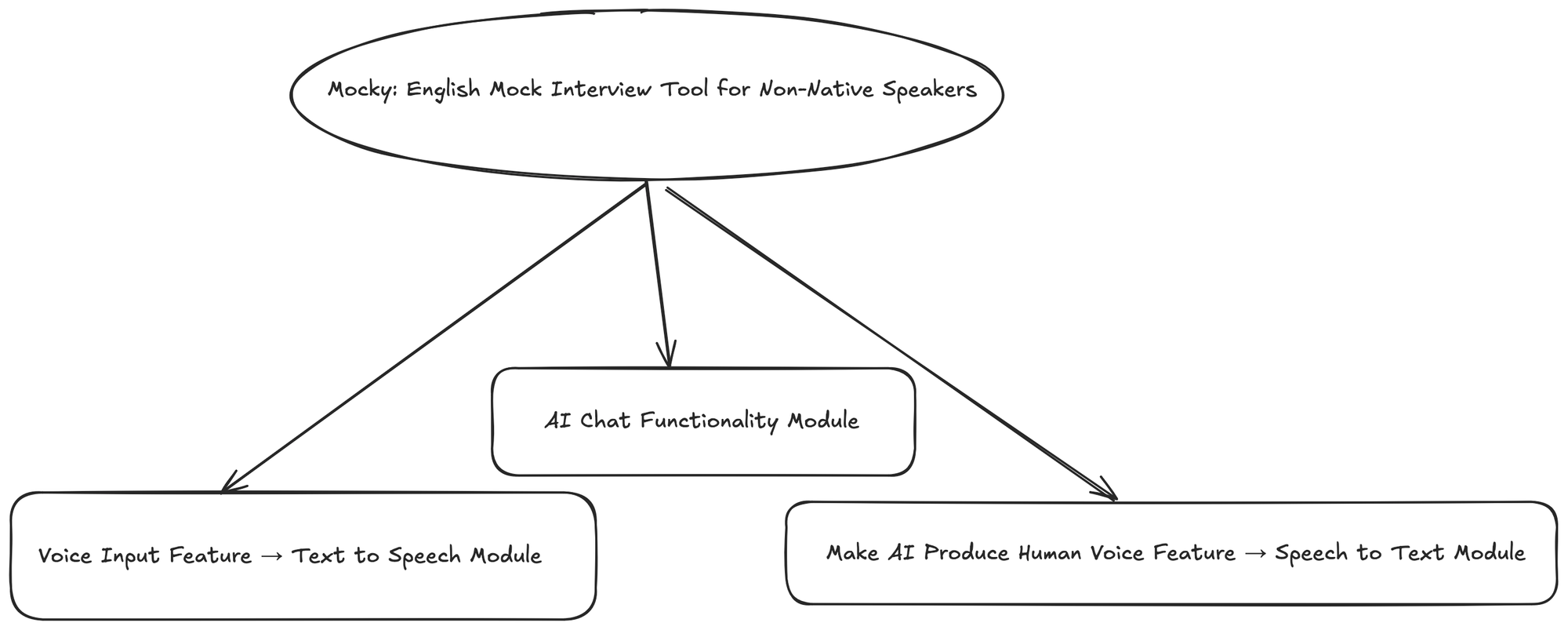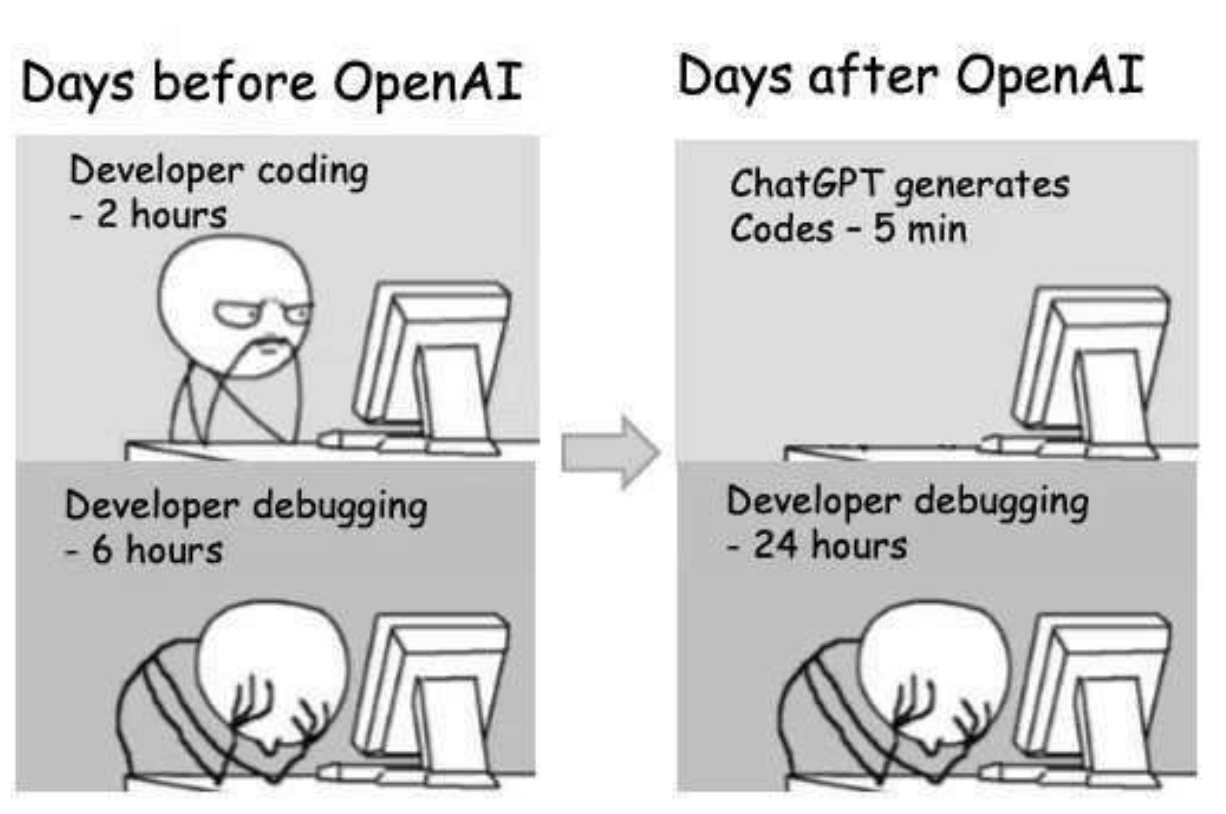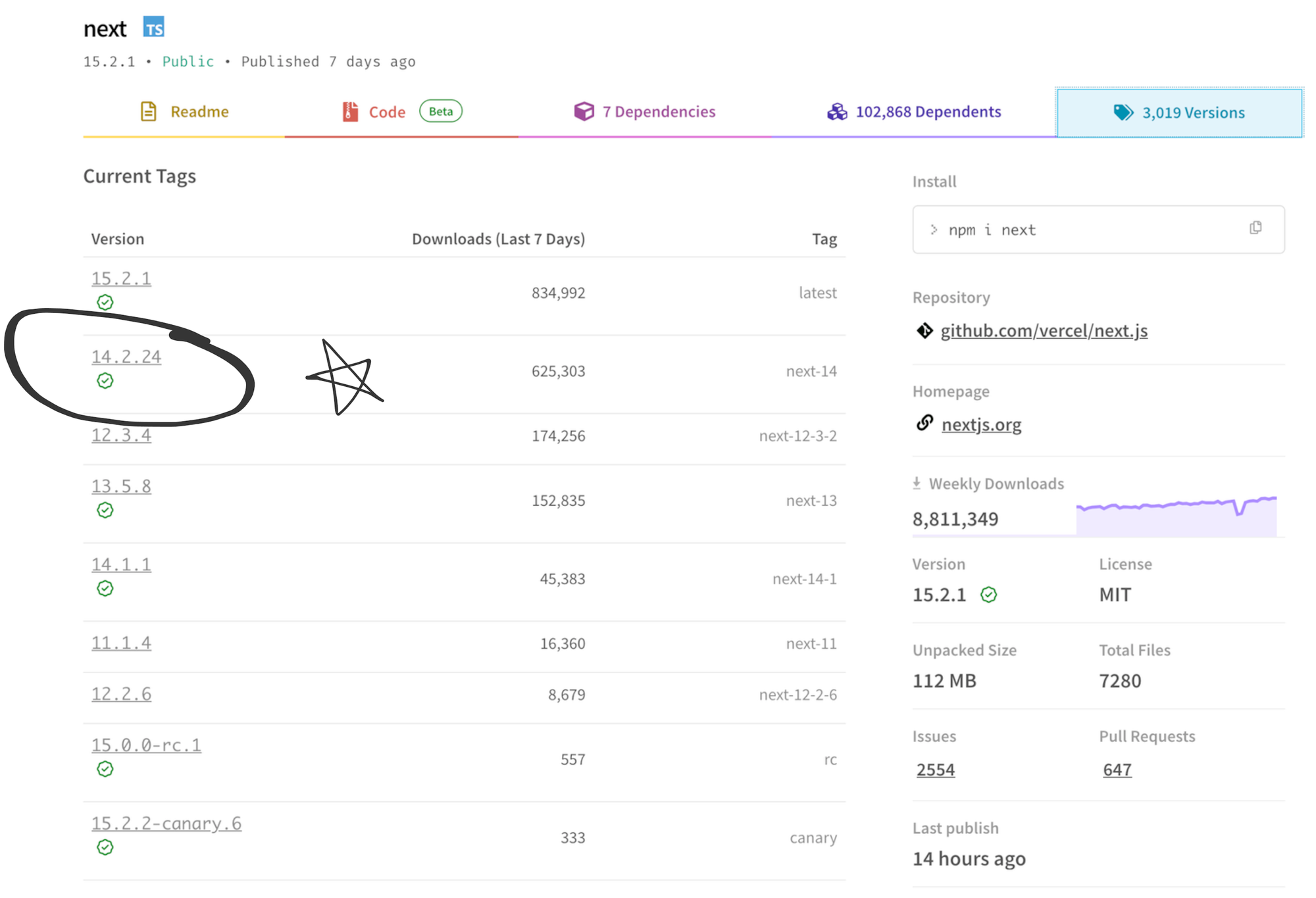The KISS Principle: Key Strategies for AI-Human Collaborative Development - 2025.03

The KISS Principle: Key Strategy for AI-Assisted Programming
First Principle: KISS (Keep it Simple, Stupid)
In today's AI-driven era, tools like Cursor, WindSurf, and GitHub Copilot can generate complex code in minutes. But do these seemingly powerful features truly meet practical development needs? This article explores how to implement the "KISS principle" for truly efficient collaborative development in the AI age.
Modular Development Strategy
Modular design is crucial for successful AI-assisted programming. This approach improves code quality while maximizing AI's strengths and minimizing its limitations.

Implementation Steps:
- Initial Planning and Breakdown
- Use pen and paper to break down desired functionality
- Sequentially query AI based on your modular breakdown
- Sequential AI Questioning
- Focus on single functional modules
- Provide clear requirement descriptions
- Ensure AI-generated code meets expected functionality
Three Key Benefits of Modularization:
- Deeper Understanding of Requirements
- Clarify your actual needs
- Identify potential logical issues
- Provide more precise prompts to AI
- Simplified Debugging
- Problems remain confined to small areas
- Test and optimize specific modules
- AI can effectively assist with specific module issues
- Enhanced System Flexibility
- Easily switch between different AI models
- Add or remove functional modules flexibly
- Adapt to rapidly evolving AI technology
Common Pitfalls and Avoidance Strategies
Following KISS principles and modular design helps avoid common traps in AI-assisted development:

1. Security Risks
- Environment variable exposure
- Business logic disclosure
KISS-based protection:
- Single-responsibility modules
- Minimized interaction scope
- Clear boundaries between sensitive and non-sensitive parts
2. Large-scale Modification Risks
- Complexity explosion
- Comprehension barriers
Modular advantages:
- Clear modification boundaries
- Independent testing
- Incremental improvements
- Reduced coupling
Framework Selection Strategy: Mainstream and Stable
When collaborating with AI, choose mainstream frameworks in stable versions. For web development, Next.js 14 and Tailwind v3 are excellent choices.

Why mainstream frameworks?
- LLMs have the most knowledge about widely documented frameworks
- More accurate suggestions from AI
Why avoid newest versions?
- AI training data has cutoff dates
- Stable versions have more examples online
Practical Example: VSCode + Raycast AI Chat

Based on these principles, 99% of work can be completed using VSCode + Raycast AI Chat. For example, when fixing voice input issues in iOS Safari for the Mocky app:
- Locate the relevant module (useAudioRecorder.ts)
- Submit to AI via Raycast
- Describe the specific problem
- Test the solution
- Seek additional resources if needed
- Iterate and optimize
Practical Advantages of Modularization
This workflow demonstrates the high flexibility of modularized code: even if a problem isn't immediately solved, I can easily:
- Switch to different AI models for fresh perspectives
- Turn to specialized online resources
- Avoid getting trapped in endless loops
Most importantly, AI only modifies specific modules without unnecessarily changing large portions of code, preventing simple problems from evolving into complex disasters.
Raycast's flexibility is also key, allowing me to quickly switch between different models and prompts to find the most suitable solution for the current problem.
Conclusion
In the AI era, the best collaboration principle is KISS (Keep It Simple, Stupid). Ask single questions, complete single functions, and avoid complex, fancy tools. Let AI be your assistant, not your thought leader.
This simple, direct approach isn't just applicable to programming—it works equally well for writing, translation, creative ideation, and various AI application scenarios. Simpler, more direct prompts often yield more precise results.
When you clearly know what you want, AI can produce the most suitable answers.
This is the core wisdom of AI collaboration — humans provide clear direction, AI provides execution power, with each playing their respective roles, complementing each other.
In this era of rapidly evolving AI tools, it's not those with the most complex toolchains who will succeed, but those who can most effectively utilize these tools. And the first step to effective utilization is adhering to the principle of simplicity.
Note: Raycast AI Chat Recommendation
If you're interested in the development method introduced in this article, Raycast AI Chat is a tool I strongly recommend. As a paid feature, it provides value far exceeding its cost:
- Multi-model support: Flexibly switch between different AI models to select the best solution for different problems
- Generous usage: Daily development use rarely reaches limits
- Seamless integration: Perfect integration with development workflows
Readers interested in joining can use my invitation link for a 10% discount.
Raycast isn't just an AI chat tool; it also offers rich productivity features:
- Raycast Notes: Quick note-taking and knowledge management
- Window Management: Efficient window management
- Raycast Focus: Focus mode
- Latest AI extensions: Continuously expanding AI functionality
If readers are interested in Raycast's complete features and usage tips, I'll write another comprehensive article. Feel free to contact me through the information at the end of this article to share your experiences or get more information.

Member discussion